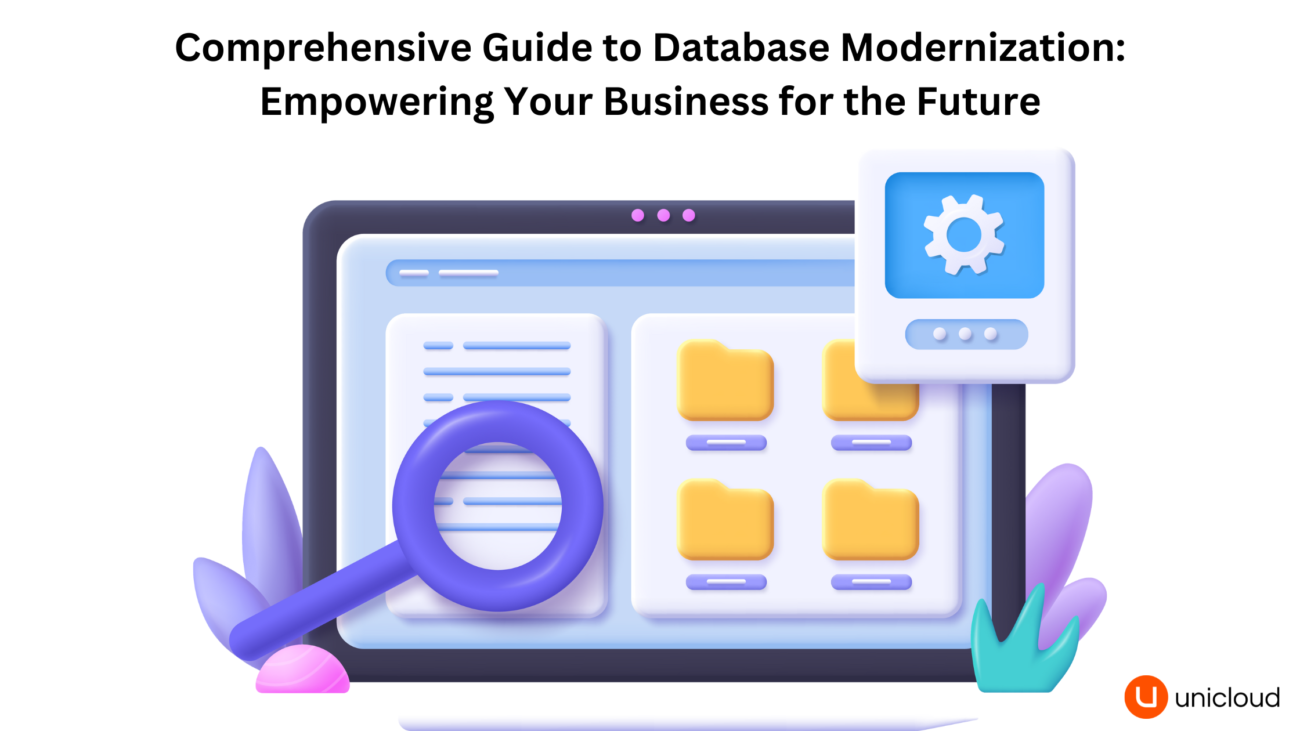
In an era where data is the new oil, the importance of efficient, scalable, and secure database systems cannot be overstated. Database modernization has emerged as a critical initiative for businesses seeking to unlock the full potential of their data assets. This process involves transforming legacy database systems into dynamic, cloud-based environments that can drive innovation and growth. Let’s delve deeper into the steps, strategies, and considerations essential for successful database modernization, expanding on the initial insights to provide a more detailed roadmap.
Thorough Assessment of Your Current Database Environment
The journey towards database modernization begins with a comprehensive assessment of your current database environment. This critical first step involves a deep dive into your existing systems to uncover any performance bottlenecks, scalability challenges, and security vulnerabilities. It’s crucial to evaluate how well your current setup supports your business objectives and to identify areas where modernization can bring about significant improvements. This assessment will lay the groundwork for your modernization efforts, providing a clear picture of what needs to be done to elevate your database infrastructure.
Identifying Limitations and Setting Goals
- Performance Bottlenecks: Pinpointing processes or queries that slow down your database performance.
- Scalability Issues: Assessing whether your current system can handle growth in data volume and user load without compromising performance.
- Security Gaps: Identifying vulnerabilities in your database that could put your data at risk.
This thorough evaluation will help you set specific, actionable goals for your modernization project, ensuring that the outcome aligns with your broader business strategy.
Selecting the Optimal Modernization Strategy
Choosing the right path for database modernization is pivotal. The strategy you select—be it rehosting, refactoring, or re-platforming—should be dictated by your unique business needs, objectives, and the specific challenges you aim to address. Each approach has its advantages and considerations:
- Rehosting: Often referred to as “lift and shift,” this strategy involves moving your existing database to a cloud environment with minimal changes. It’s ideal for businesses looking to quickly capitalize on the benefits of the cloud without extensive modifications.
- Refactoring: This approach requires modifying or extending the database schema or code to improve performance and scalability. Refactoring is suited for businesses that need to optimize their databases for cloud environments but wish to retain their existing investment in database structures and technologies.
- Re-platforming: Migrating to a completely different database platform or technology can offer significant advantages in terms of performance, scalability, and features. This strategy is best for businesses undergoing significant transformations or looking to leverage new database technologies.
Detailed Planning and Execution of the Migration
Successful database modernization demands meticulous planning and execution. Developing a comprehensive migration plan is essential, covering everything from data mapping and schema conversion to migration testing and post-migration optimization. Key components of an effective migration plan include:
- Data Mapping and Schema Conversion: Understanding how data will be transferred and transformed to fit the new environment.
- Migration Testing: Conducting thorough testing to ensure data integrity and application functionality post-migration.
- Rollback Procedures: Establishing clear processes for reverting changes if issues arise during the migration.
Utilizing tools and services from cloud providers and database vendors can simplify the migration process, reducing the risk of data loss or downtime.
Continuous Monitoring and Optimization Post-Migration
After the migration, the focus shifts to continuous monitoring and optimization of your new database environment. Regularly assessing the performance, security, and cost-effectiveness of your database setup is vital. Leveraging analytics and monitoring tools can provide valuable insights, helping you make informed decisions to refine and improve your database infrastructure over time.
Adaptive Optimization Strategies
- Performance Tuning: Adjusting configurations and resources based on actual usage patterns to enhance efficiency.
- Cost Management: Analyzing spending to identify opportunities for reducing operational costs without impacting performance.
- Security Enhancement: Implementing advanced security measures and regular audits to protect against evolving threats.
Navigating Database Modernization Challenges
Despite the clear advantages of database modernization, businesses may face several challenges throughout the process. These challenges range from technical hurdles, such as data migration complexities and application compatibility issues, to organizational obstacles like resistance to change and the need for staff training on new technologies. Overcoming these challenges requires a strategic, well-planned approach and, in many cases, the guidance of experienced partners who specialize in database modernization.
Strategies for Overcoming Common Challenges
- Mitigating Data Migration Complexities: Employing robust data migration tools and conducting pilot migrations can help identify and address issues early in the process.
- Ensuring Application Compatibility: Thoroughly testing applications in the new environment can uncover compatibility issues that need to be resolved.
- Facilitating Staff Training: Providing comprehensive training and resources to staff ensures they are equipped to manage and utilize the new database systems effectively.
Expanding Use-Cases for Database Modernization
The potential applications for modernized databases are vast and varied, extending across industries and use cases:
- E-commerce platforms benefit from modernized databases by handling peak traffic volumes more effectively and delivering personalized shopping experiences.
- Financial services firms leverage modern databases for enhanced fraud detection capabilities, real-time transaction processing, and more accurate risk assessment.
- Healthcare organizations utilize modern databases to manage patient data securely and efficiently, facilitating better patient care through advanced data analytics.
Conclusion
Database modernization represents a pivotal step for businesses looking to harness the full power of their data in the digital age. By carefully assessing your current environment, choosing the right modernization strategy, meticulously planning your migration, and continuously optimizing post-migration, you can unlock new levels of performance, scalability, and innovation. Despite the challenges that may arise, the benefits of a modern, cloud-based database infrastructure are undeniable, offering a clear path to transforming your business and securing a competitive edge in today’s data-driven landscape.
